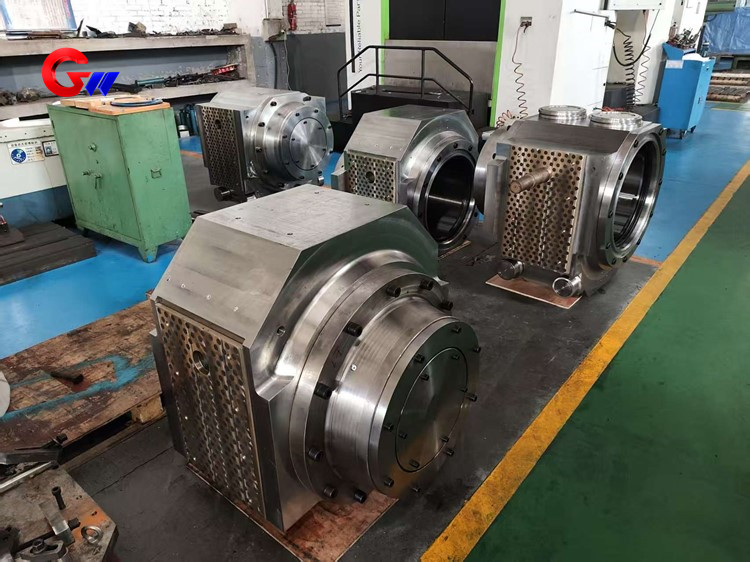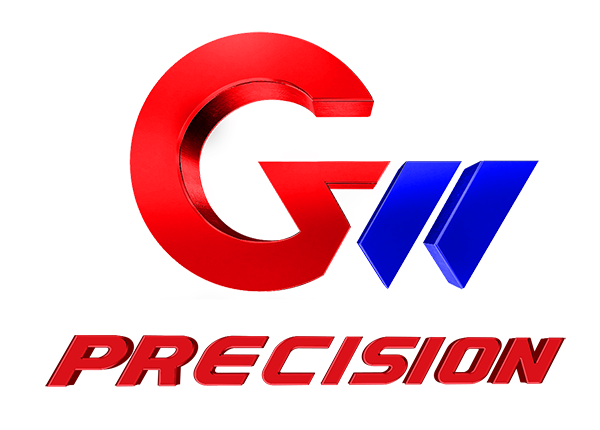
Key components of roll for foil Rolling Mills
About Us
In heavy plate rolling, heated plates are plastically deformed using rolling mills. For this process, reversing four-high mills—consisting of two work rolls and two backup rolls—are commonly used. The plate is reduced in thickness between the two work rolls through multiple passes.
During rolling, high forces cause the work rolls to bend, leading to uneven plate thickness. Backup rolls are used to minimize this bending. To further improve flatness, mills may be equipped with bending control systems such as hydraulic bending or specially shaped rolls (e.g., CVC rolls). These systems help maintain a consistent roll gap and produce plates with uniform thickness across the width.
Although often overlooked due to their simple appearance and durability, stand chocks are essential components in the rolling mill. The bearing housing connects the work rolls to the mill stand and allows controlled relative motion. It holds the bearings that support the rolls, enabling smooth rotation of their inner rings. This prevents unwanted movement that could cause bearing twisting or damage.

